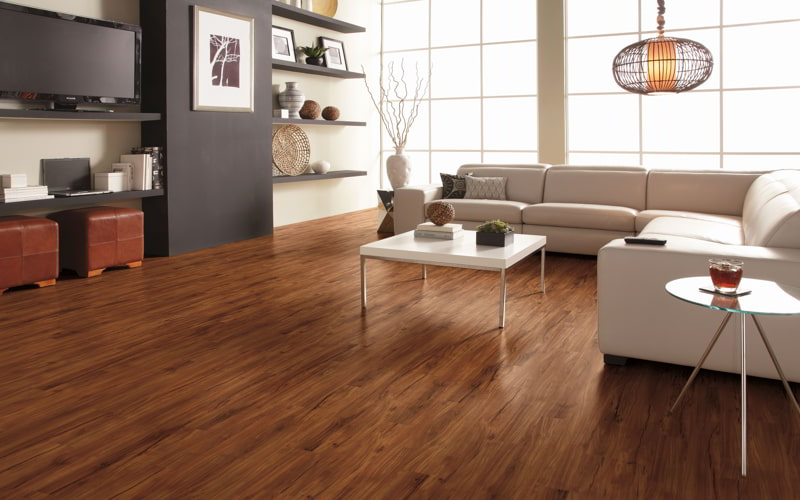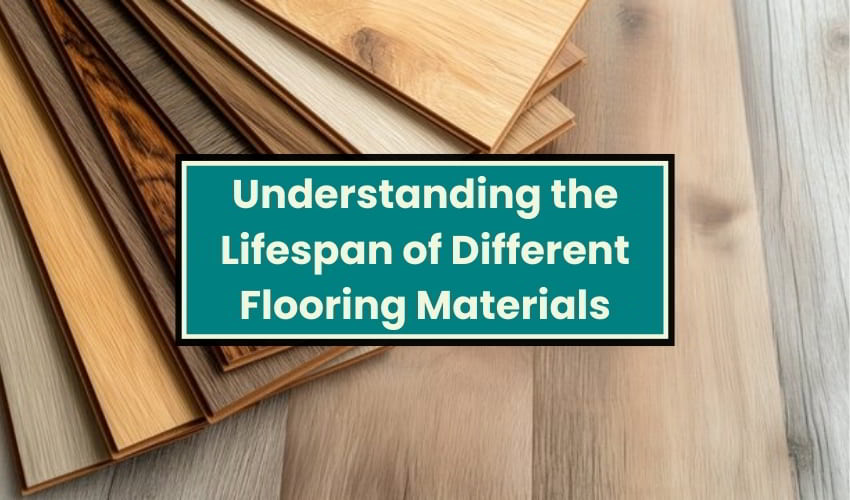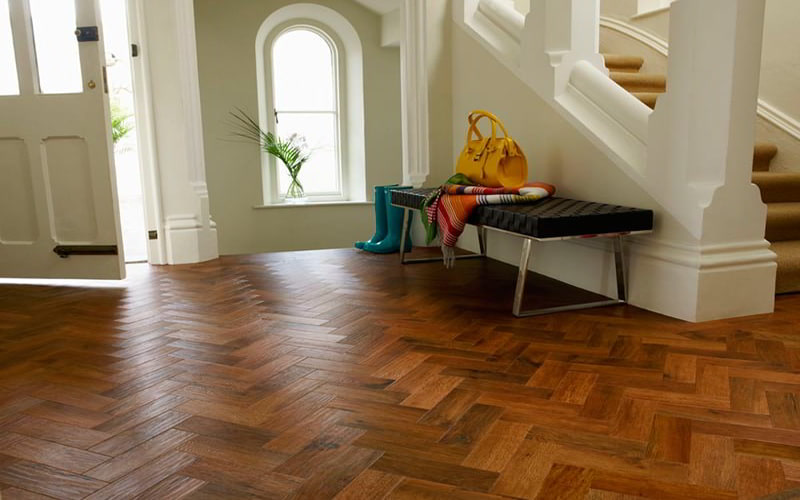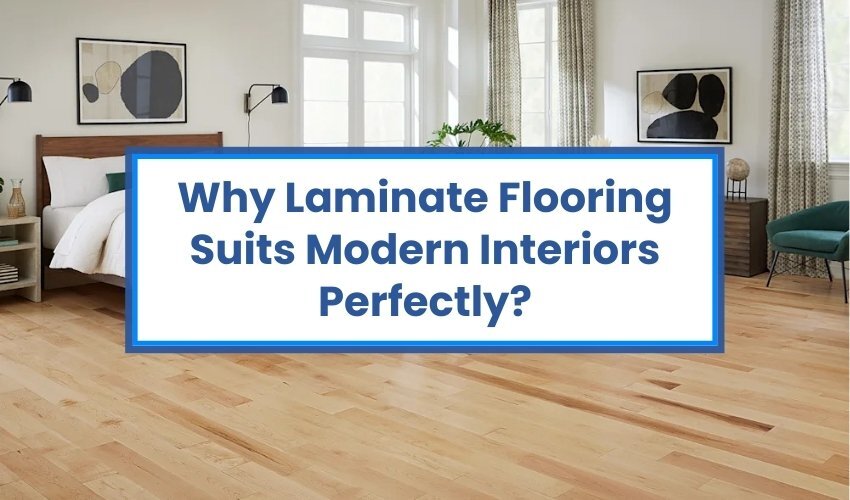The choice for the right flooring is more than just looking into aesthetics. You need to factor in its material’s durability, longevity, and maintenance needs. Laying down new floors in your home can be a major investment, and you need to know beforehand about how long different materials last. Knowing this lets you make an informed financial decision.
There are some flooring materials that last for decades and possibly a lifetime. Similarly, there are some other materials that require replacement just after a decade. For today, we will help you in understanding the lifespan of different flooring materials.
7 Popular Flooring Materials And Their Lifespan
The best Flooring Supplier offers many options these days, but we will discuss only the most popular ones. These materials are all known for their timeless charm and their increased longevity.
1. Hardwood Flooring: A Timeless Investment
The first contender for this list is undoubtedly hardwood flooring, a material that is known for its high durability and long lifespan. In fact, some species of wood can last up to 30 to 100 years easily if properly taken care of. Most hardwood floors are made from species like oak, walnut, or maple. These floors are able to withstand the high foot traffic well and still maintain their elegance. One of the most eco-friendly and sustainable hardwood floor types is bamboo flooring.
Still, the longevity of these floors depends on their moisture exposure and how much refinishing they get. If you take proper precautions like placing area rugs to prevent any scratches, cleaning up spills immediately, and having refinishing done once every decade, these floors can last a very long time. They are perfect for living rooms, hallways, and bedrooms, making them an investment that brings value to your home.
2. Laminate Flooring: Affordable and Stylish
Laminate floors come with a decent lifespan of 10 to 30 years – making it a smart investment into flooring if you don’t have the budget for hardwood floors. It is made from composite materials with a photographic layer in an image of wood or stone for aesthetic effect. This way, you can have the wood or stone floor style without spending the high cost of the original.
You can prolong its lifespan by using the protective pad for furniture above it. Also, you must prevent moisture exposure and sweep & mop the floors regularly. These floors work best for offices, bedrooms, and living rooms where you want a touch of budget-friendly luxury.
3. Vinyl Flooring (LVT & SPC): Versatile and Water-Resistant

The lifespan for both these floors depends on the foot traffic exposure and the right installation method. For increased lifespan, you can take measures like using doormats to limit the dirt buildup on these floors. Another great thing is to avoid placing heavy furniture on the floor without proper cushioning. The high water resistance makes Vinyl flooring a great option for moisture-prone areas like bathrooms, kitchens, and basements.
4. Tile Flooring (Ceramic & Porcelain): Elegant and Durable
Tile floors, whether ceramic or porcelain, are still known to be the longest-lasting flooring choice. Its range is similar, if not lower, to hardwood floors: 50 to 100 years. Porcelain tiles have a denser and more water-resistant build, making them a great option for high-moisture areas. The durability of them depends on the quality of the tiles, their proper grouting, and the daily maintenance they receive.
You should keep the grout lines clean, use the rugs in high-traffic areas, and avoid dropping any heavy objects to prolong the lifespan of the tile. This material, with its high durability and water resistance along with increased lifespan, is a great option for floors of kitchens, hallways, and bathrooms.
5. Carpet Flooring: Soft and Cozy Comfort
The carpet might not seem like a long-lasting option, but it can be surprisingly durable. Carpet flooring is always a cheaper alternative to most floor materials like wood, stone, vinyl, or tile. It has a moderate lifespan of 10 to 20 years, more than enough to offer value for the price. You can have them in materials like wool, nylon, and polyester, each one offering varying levels of lifespan.
If you regularly vacuum clean it, get deep cleaning once a year, and actively prevent it from stains, you can increase the carpet’s lifespan. Other than that, you should also rotate your furniture placed over the carpet to result in even wear. Certainly, they require more maintenance, but the warmth and foot comfort they offer is unparalleled.
6. Parquet Flooring: Classic Wooden Patterns
This is also a sort of wooden floor but made by arranging small wooden pieces in geometric patterns. This gives them a lifespan of 30 to 50 years for a unique, elegant aesthetic look. The durability and lifespan of this flooring are affected by the wood quality, moisture exposure, and occasional refinishing.
You can increase its lifespan by taking some steps and measures. You should use soft brooms for sweeping and microfiber cloths for damp mopping. As soon as the signs of wear & tear show, you should do the refinishing and prevent it from direct sunlight exposure. These floors are suitable for any room in a home or in offices.
7. Concrete Flooring: Industrial and Modern Appeal
This flooring is virtually indestructible. It has a lifespan of 100+ years and is resistant to most effects of wear & tear. These floors work best for modern homes, commercial spaces, and even in high traffic and impact industrial areas. The floors’ durability depends on the right installation, sealing, and maintenance.
Applying the sealant every few years and cleaning it with pH-neutral cleaners reduce the wearing-down effect and increase longevity. These floors are best suited in home spaces like basements, garages, and contemporary homes where aesthetics and durability are much needed.
Final Thoughts: Choose the Right Flooring Material for Longevity
Understanding the lifespan of different flooring materials comes down to knowing the main factors like foot traffic, maintenance needs, and moisture resistance. For your high-traffic areas, the most durable materials are tile, SPC, and hardwood floors. If the space is moisture-prone, you should go for the porcelain tiles or LVT. For those of you with a busy lifestyle and have less time for maintenance, you can choose concrete or vinyl flooring. All of these choices come down to your lifestyle and budget range.





